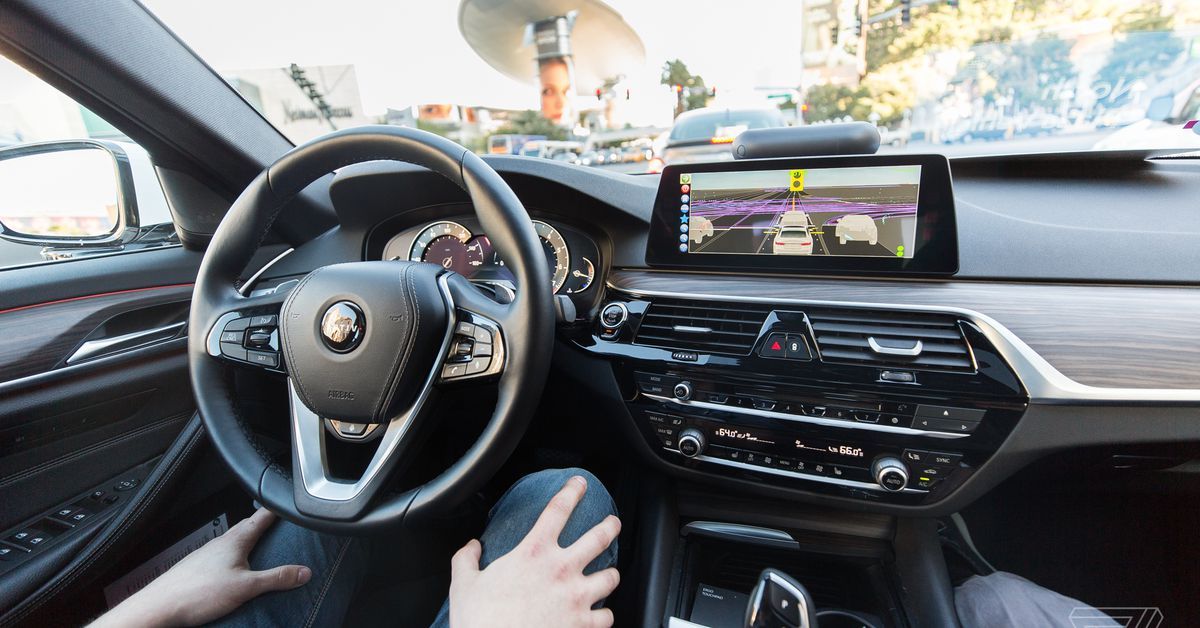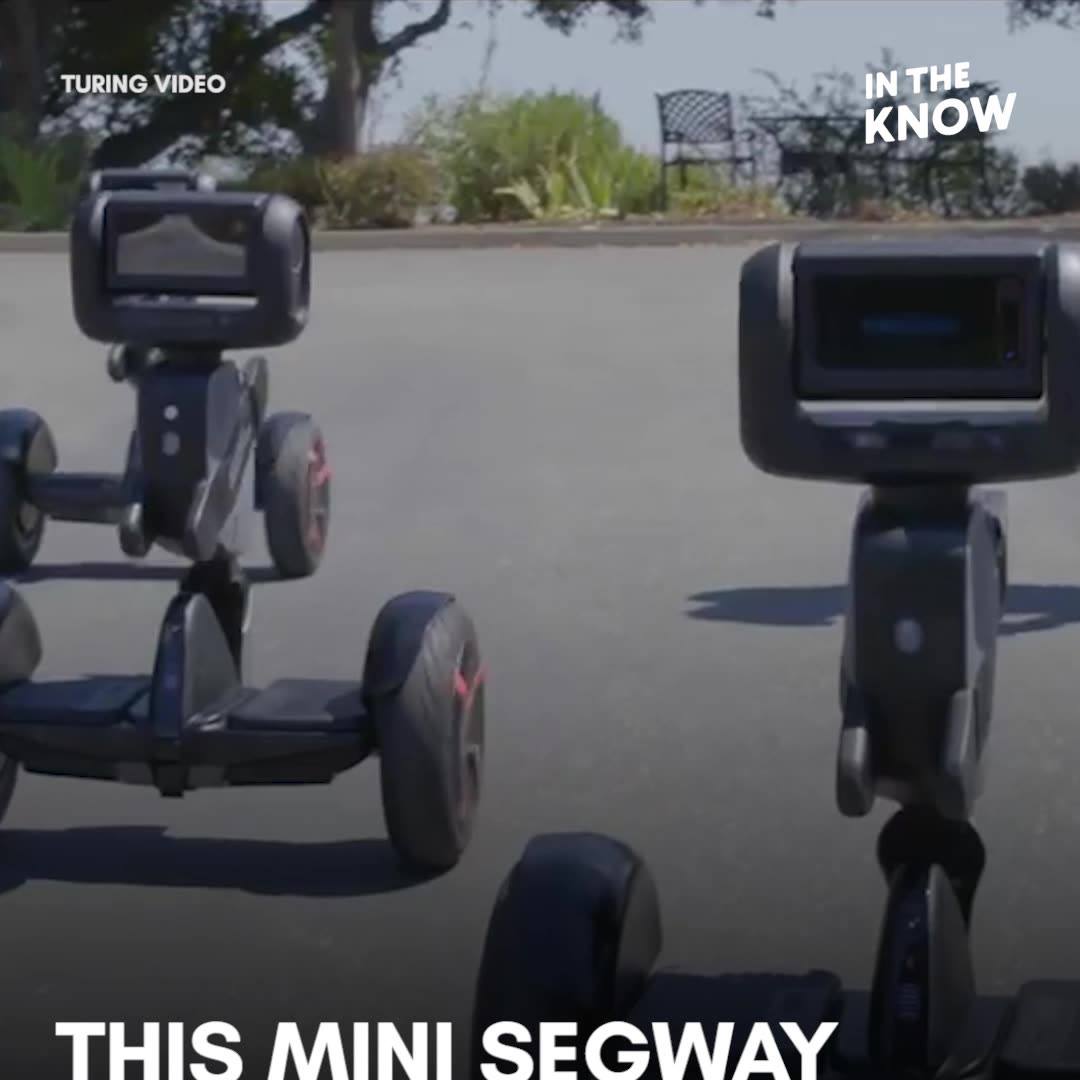Taking public transportation to the next level.
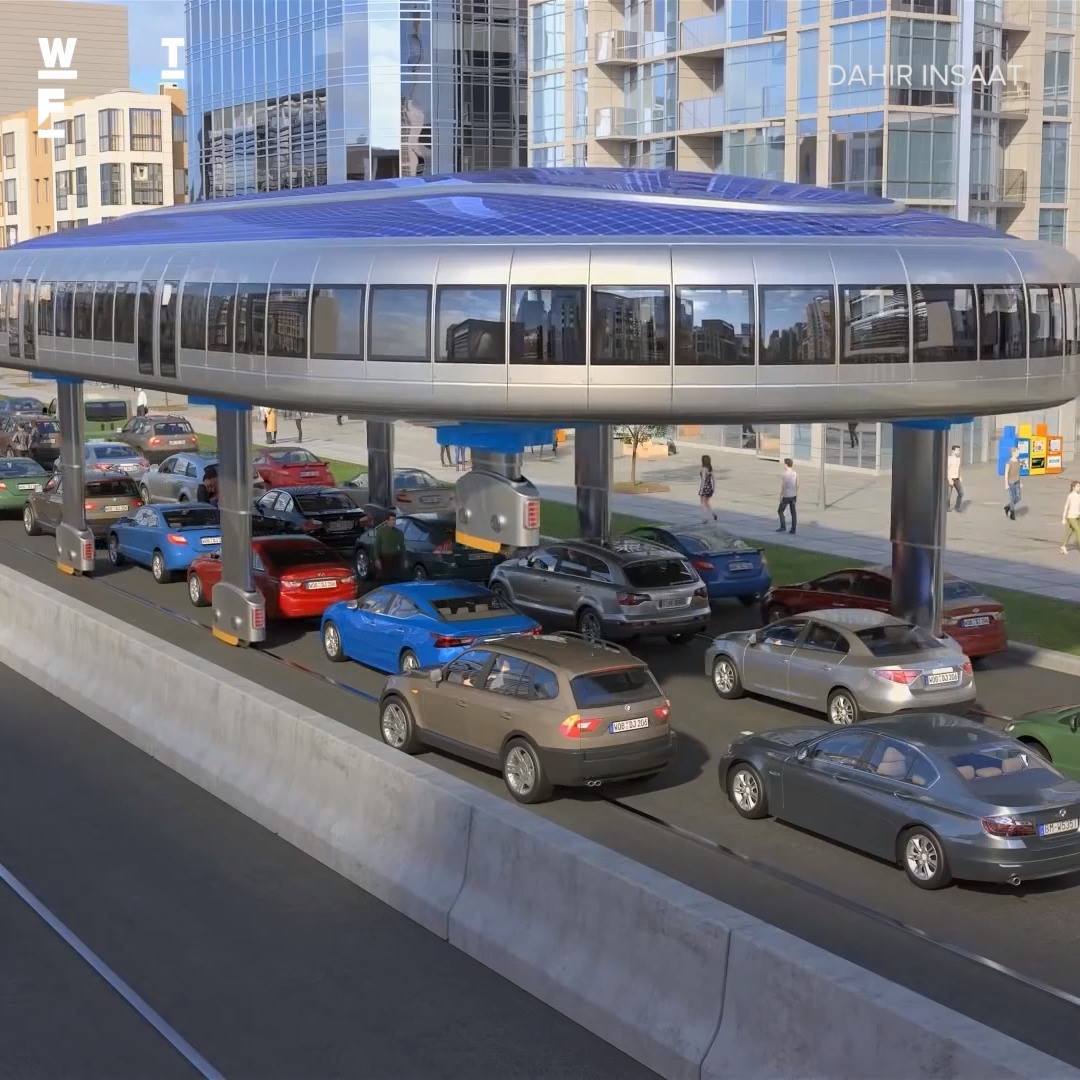

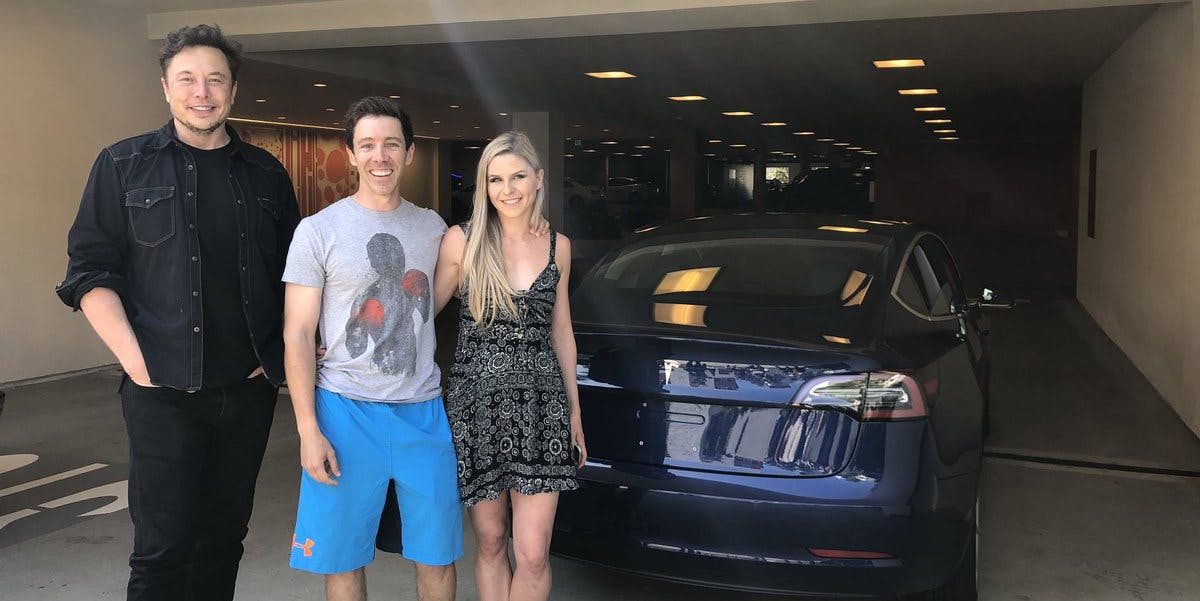
Tesla is cutting back on plastic with its new car delivery system. On Monday, CEO Elon Musk shared the story of how he personally delivered a Tesla Model 3 to Devin Scott in Los Angeles, using a new method where instead of arriving in plastic wrap, the car is delivered with an enclosed trailer directly from factory to home.
The new method is a marked change from the previous process, where several cars would ship out on a truck to a delivery hub and move out later. It means less packaging, and potentially fewer steps in getting some of the approximately 7,000 cars produced per week into the hands of buyers. Tesla produces around seven times more cars per week than it did when the Model 3 first started production a year ago, and this rapid expansion has led to big changes in the company’s processes to fulfill the 400,000 or so $1,000 reservations for the Model 3. In a March 2017 earnings call, Musk said his goal was to make deliveries “more streamlined, less paperwork, less bureaucracy.”
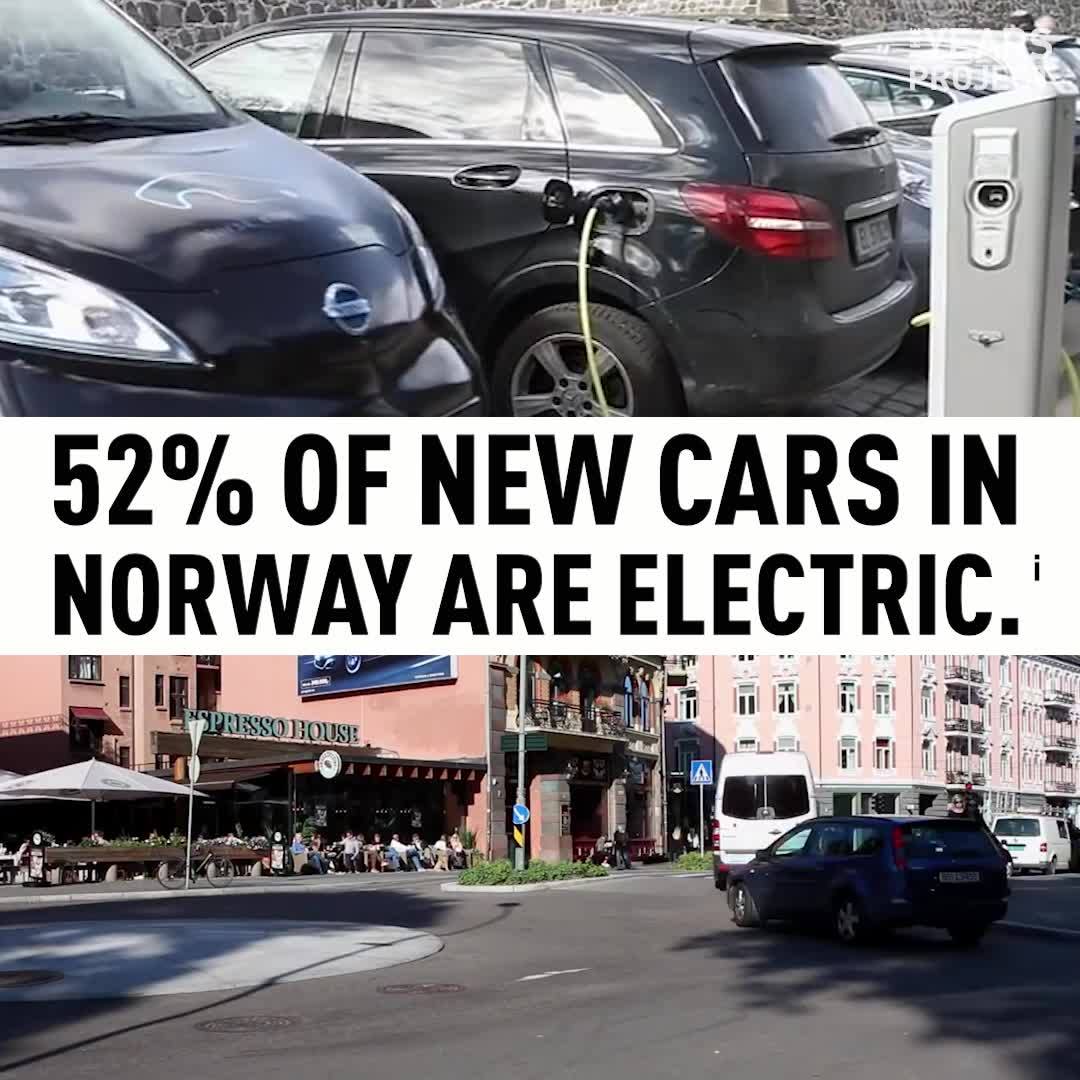
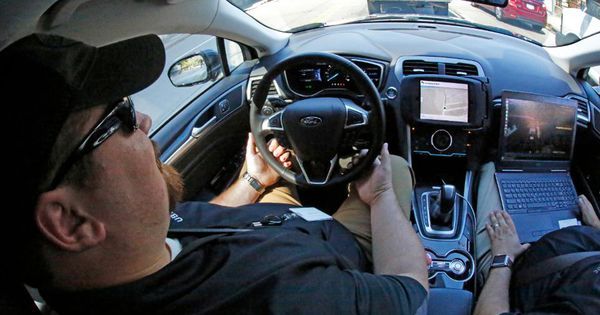
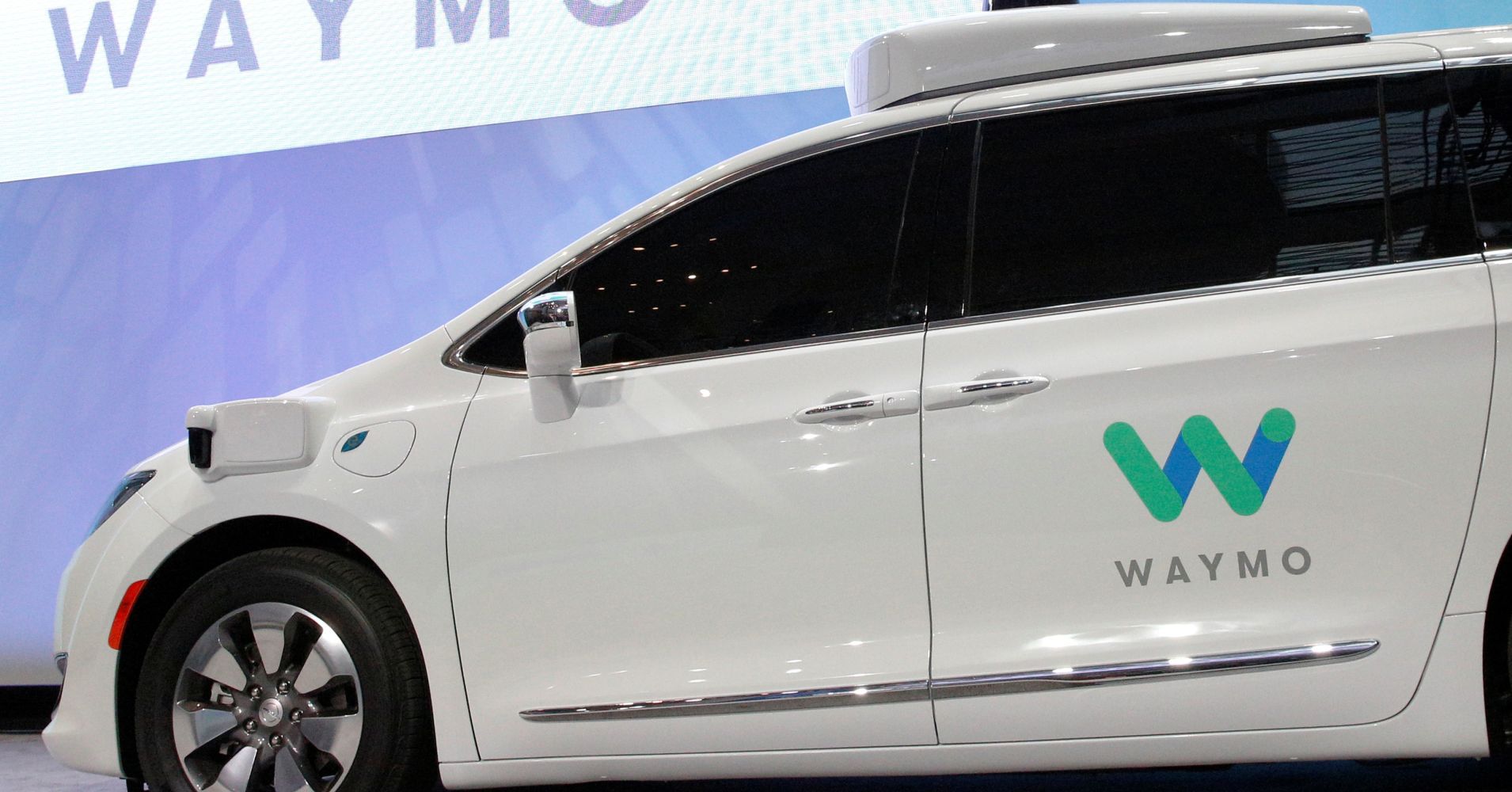
Why cant they just put the groceries in the car and let it drive itself there and back.
In partnerships with five companies, including Walmart, Autonation and Avis, Waymo autonomous vehicles will pick up customers and drive them to various locations in the Phoenix area. In some cases, customers will be offered savings or deals in order to be shuttled around in Waymo vehicles.
“We’ve tailored our partnerships to meet the top rider needs; in fact, the partnerships below represent eight of the top ten activities our riders do when they get in a Waymo,” the company wrote in a blog post announcing the partnerships.
Here are the company specific rides Waymo will be providing customers:
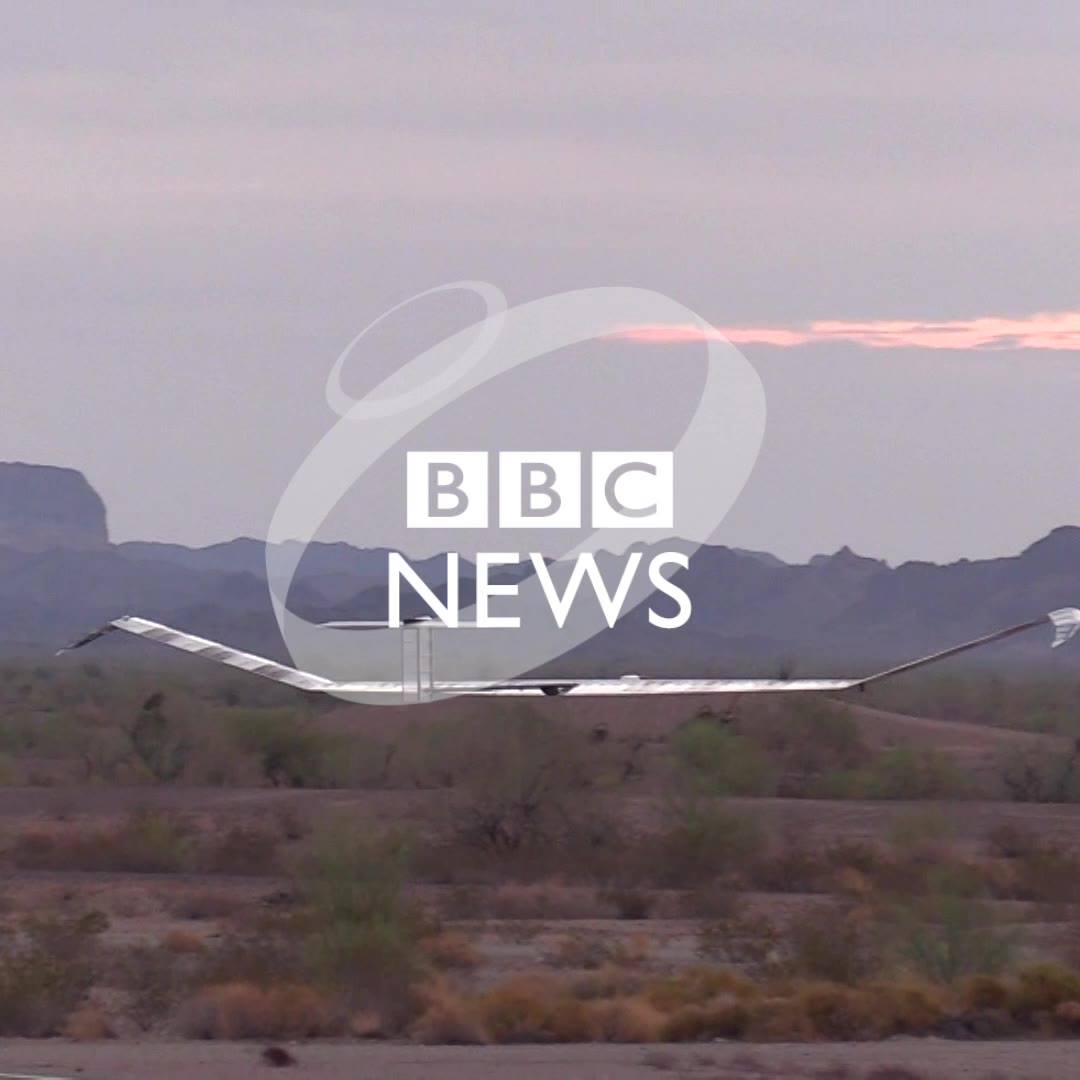
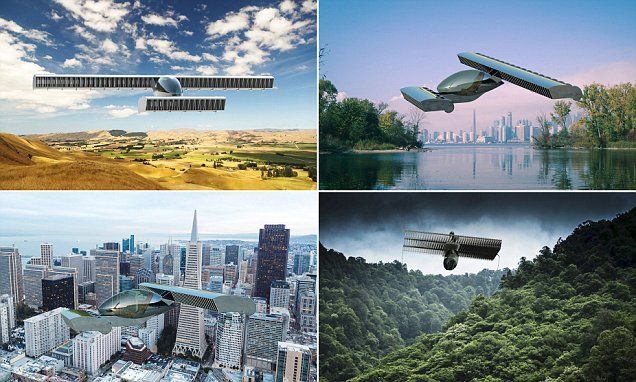
Design firm Volerian recently displayed its concept for a vertical takeoff and landing (VTOL) vehicle at the recent Farnborough International Airshow 2018.
Volerian says its propulsion system can be used in most situations where a propeller or fan would normally be used.
This applies to both conventional and VTOL propulsion and to large and small aircraft.
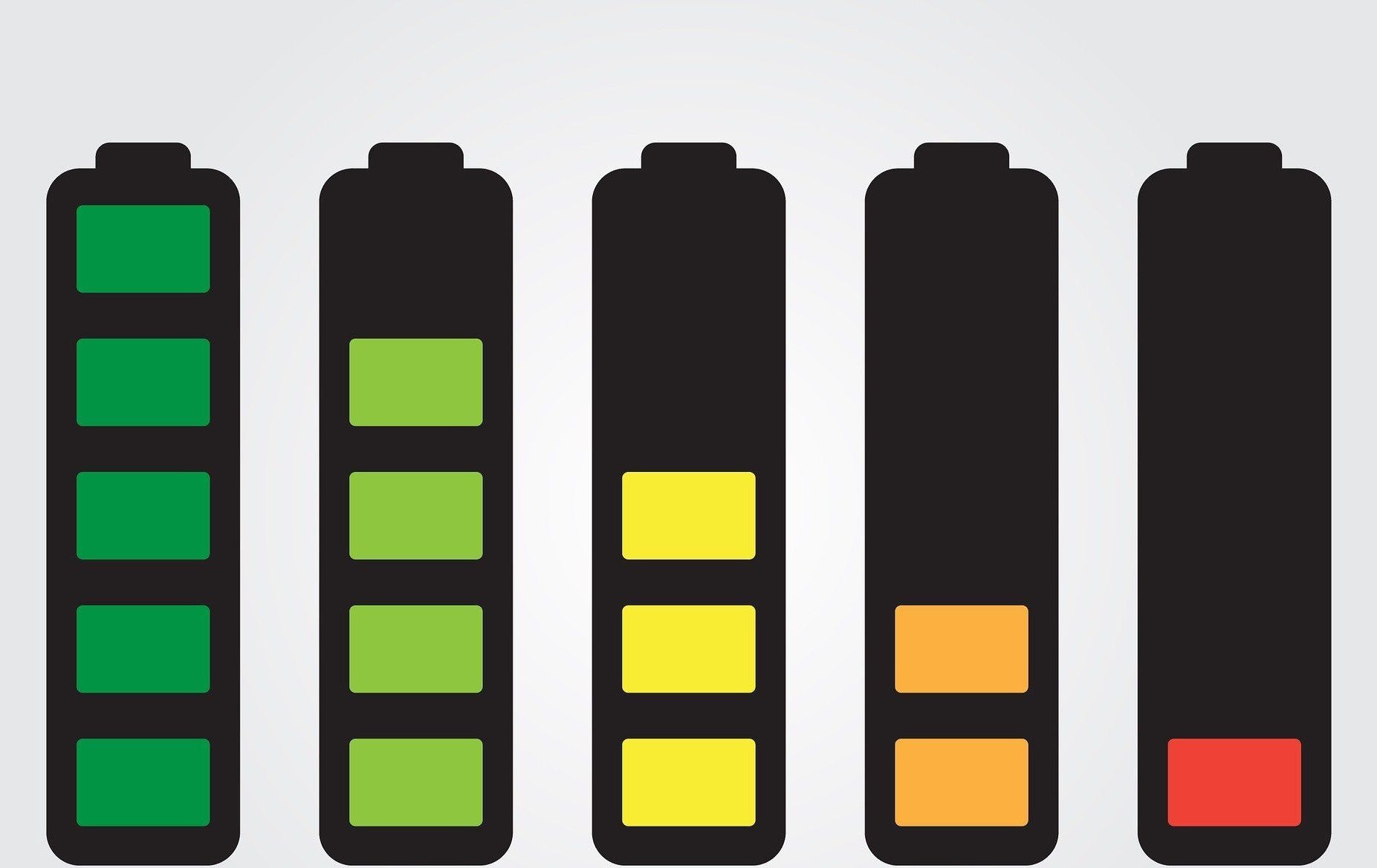
Researchers have identified a group of materials that could be used to make even higher power batteries. The researchers, from the University of Cambridge, used materials with a complex crystalline structure and found that lithium ions move through them at rates that far exceed those of typical electrode materials, which equates to a much faster-charging battery.
Although these materials, known as niobium tungsten oxides, do not result in higher energy densities when used under typical cycling rates, they come into their own for fast charging applications. Additionally, their physical structure and chemical behaviour give researchers a valuable insight into how a safe, super-fast charging battery could be constructed, and suggest that the solution to next-generation batteries may come from unconventional materials. The results are reported in the journal Nature.
Many of the technologies we use every day have been getting smaller, faster and cheaper each year—with the notable exception of batteries. Apart from the possibility of a smartphone which could be fully charged in minutes, the challenges associated with making a better battery are holding back the widespread adoption of two major clean technologies: electric cars and grid-scale storage for solar power.
